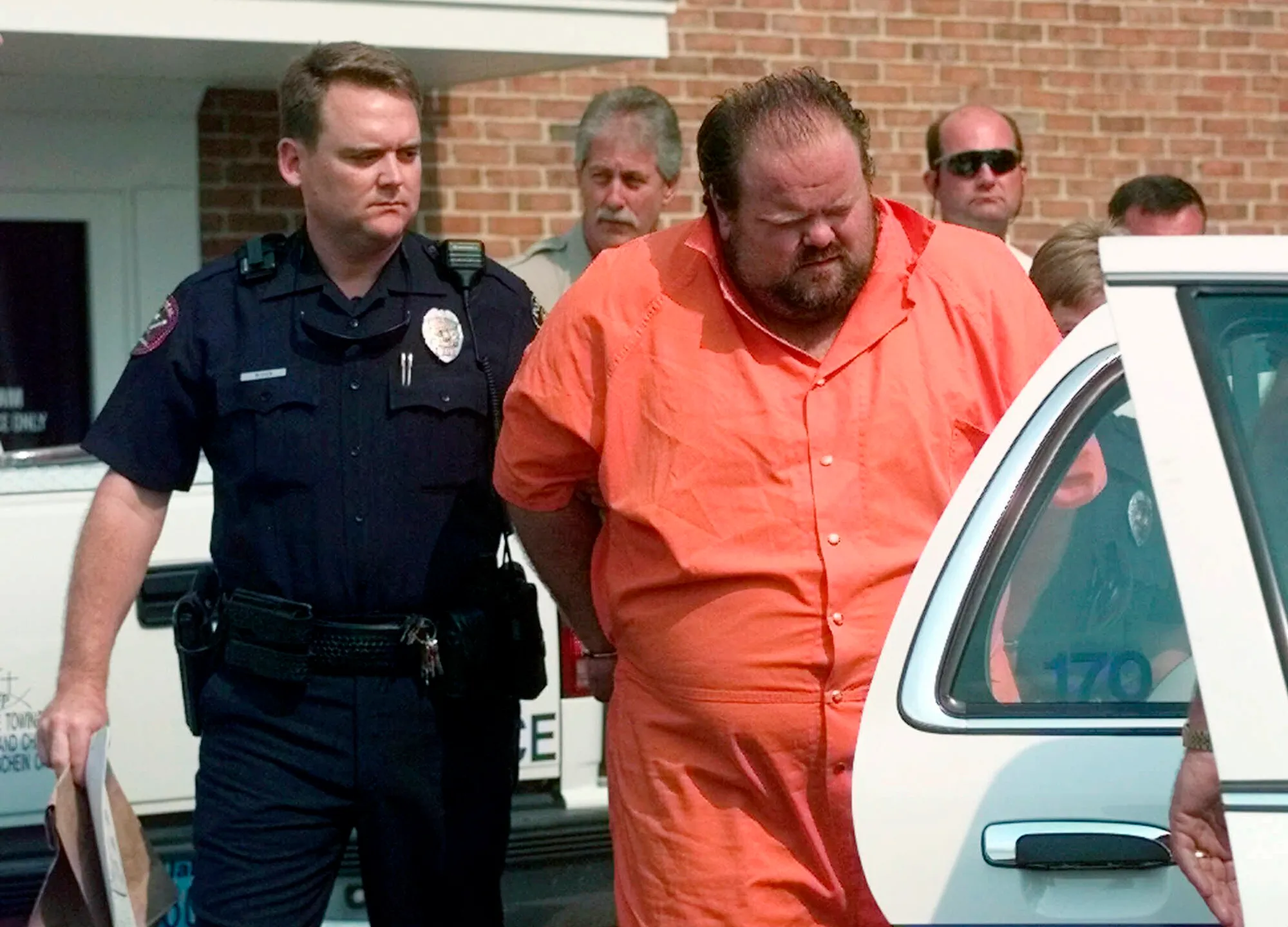On September 26, 2024, Alabama executed Alan Eugene Miller, 59, using nitrogen gas, marking the second time this controversial method has been employed in the U.S. Miller was convicted of killing three men in a series of workplace shootings in 1999. The execution took place at the William C. Holman Correctional Facility in Atmore, Alabama, where he was pronounced dead at 6:38 p.m. local time.
Details of the Execution
Witnesses reported that Miller trembled on the gurney for about two minutes before exhibiting gasping breaths for approximately six minutes. He had received seven visitors on Wednesday and nine on Thursday prior to his execution. His final meal included hamburger steak, baked potato, and French fries.
Background of the Case
Miller was convicted of murdering Lee Holdbrooks, Christopher Scott Yancy, and Terry Jarvis. He had previously faced an execution attempt by lethal injection in 2022, which was called off when officials struggled to connect an IV line to his 351-pound frame.
The nitrogen gas method was first used in Alabama in January, during Kenneth Smith’s execution. This technique replaces breathable air with pure nitrogen, leading to death by asphyxiation. There has been debate regarding the humaneness of this method, particularly following Smith’s execution, which involved unsettling reactions that raised questions about its implementation.
Controversy Surrounding the Execution Method
Alabama Corrections Commissioner John Hamm described Smith’s execution as “textbook,” despite the evident distress exhibited by the inmate. Critics, however, expressed concerns that the execution mask may have been improperly fitted, allowing oxygen to enter and prolong the process.
Increased Death Penalty Activity
Miller was one of five inmates scheduled for execution in a single week, a significant spike amid a general decline in the use of the death penalty across the U.S. In addition to Miller’s execution, other states carried out executions, including South Carolina, Texas, Missouri, and Oklahoma.
Details of the Crime
On August 5, 1999, Miller entered Ferguson Enterprises and shot two co-workers, Holdbrooks and Yancy, before driving to Post Airgas, where he shot Jarvis. Testimonies indicated Miller was paranoid, believing his colleagues were gossiping about him before he opened fire. Although he initially pleaded not guilty by reason of insanity, he later retracted this plea. A psychiatrist concluded that while Miller was mentally ill, his condition did not qualify for an insanity defense. Jurors convicted him after a brief 20-minute deliberation and recommended the death penalty with a 10-2 vote.
Conclusion
Miller’s execution raises ongoing questions about the use of nitrogen gas as a method of capital punishment and its implications for the justice system in Alabama and beyond.






